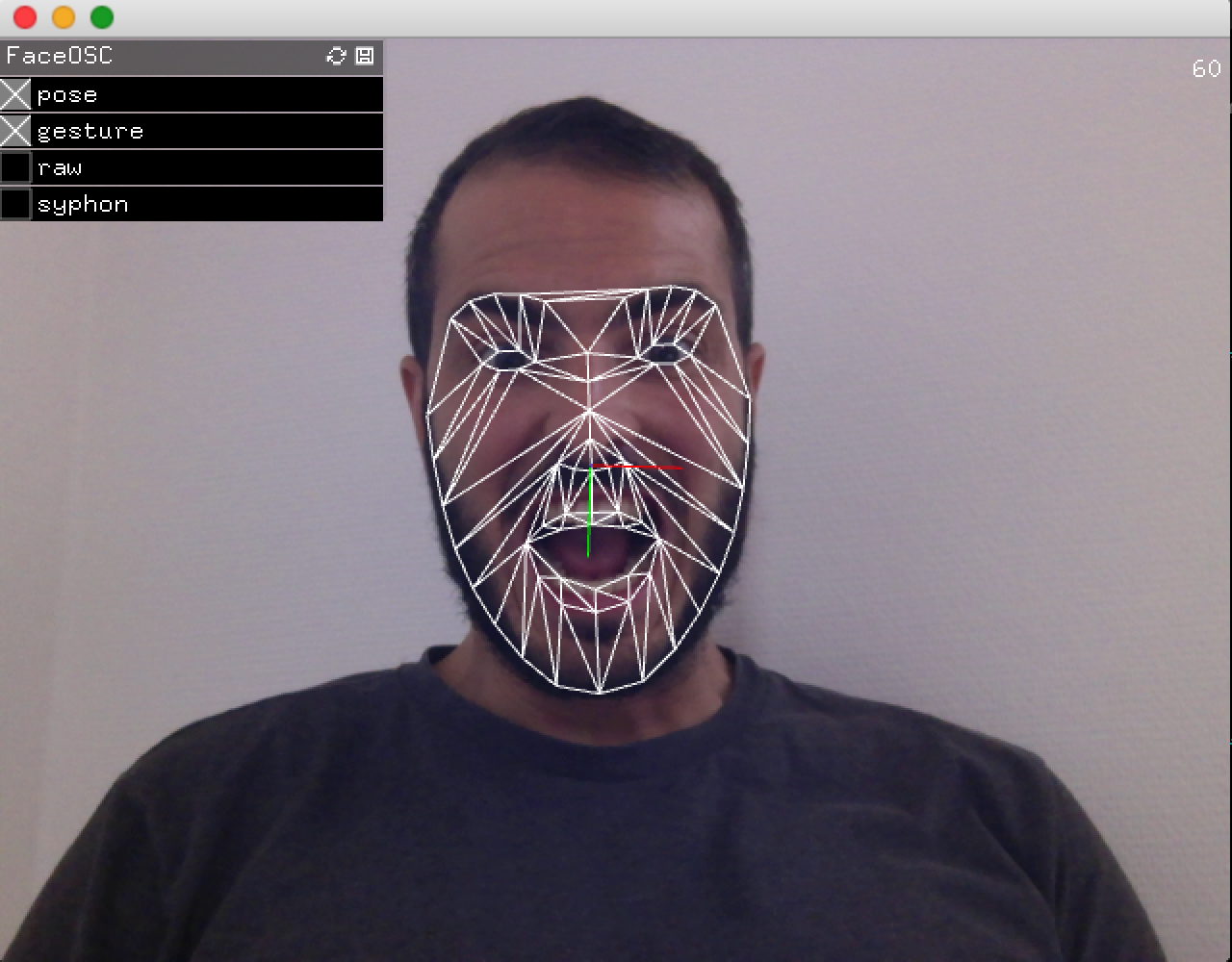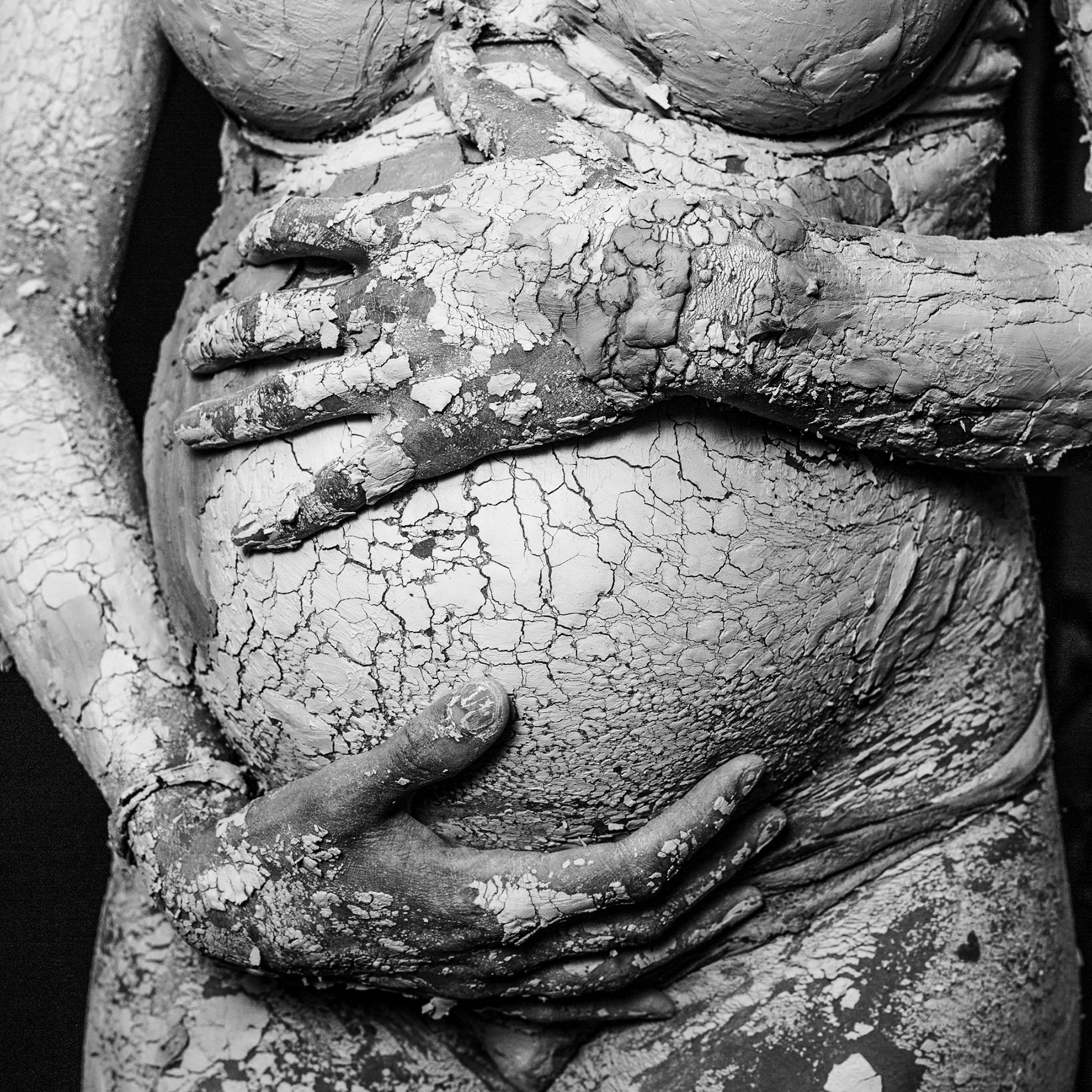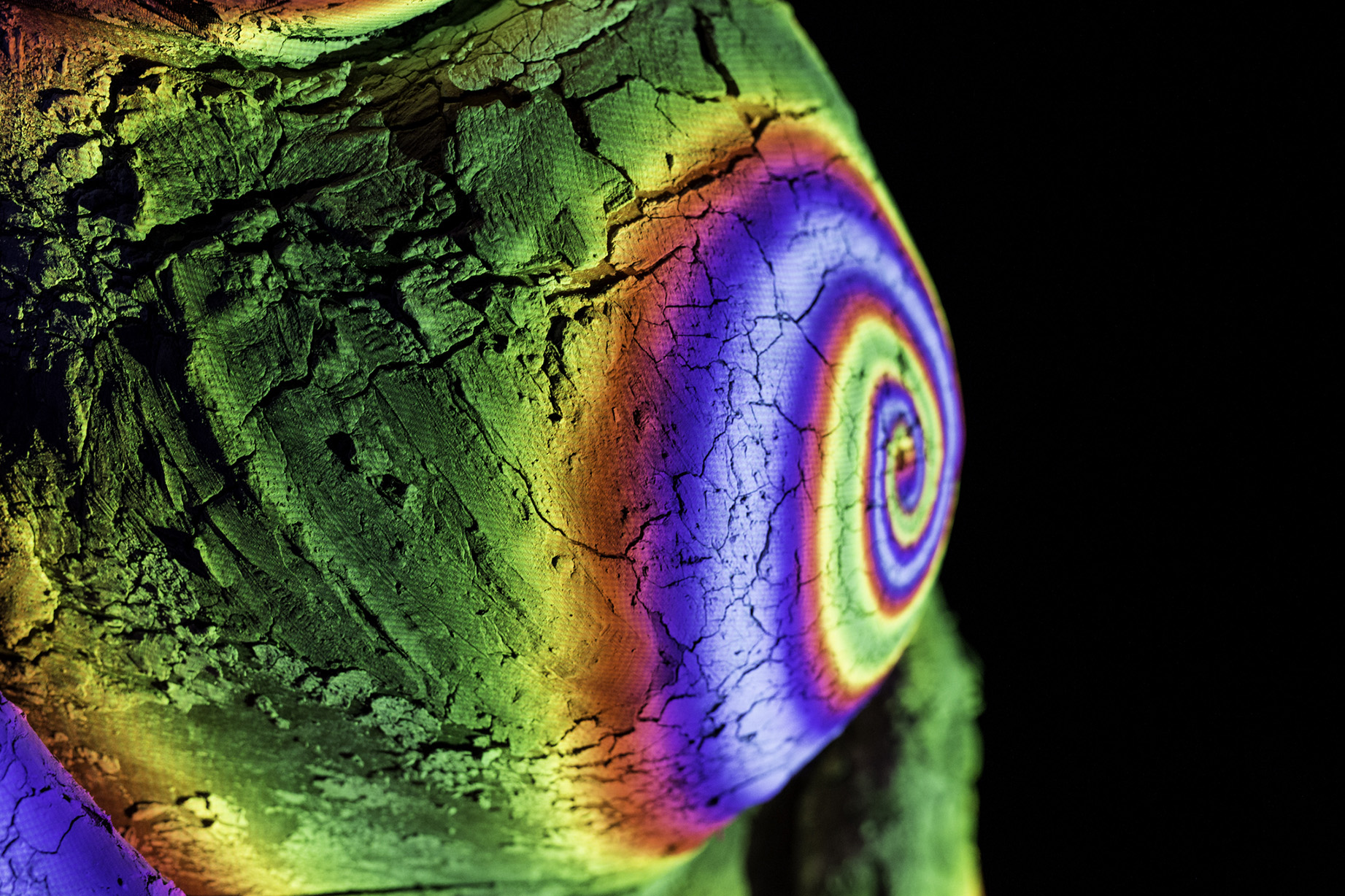FaceOSC

FaceOSC – A fascinating free software that tracks your face f.e. with your webcam and generates OSC data (open sound control).
The net you see tracked over your face is divided in parts as eyebrows, eyes, mouth and jaw. Even the position of your face, turning of your head and scale of your face will create a value which you can use in many different ways.
As I’m playing arround with 3d projection mapping a lot these days I had the idea of letting my face gestures control effects in my mapping software. To underline the communication between your movements and the computer i wanted FaceOSC also to control some knobs on my synthesizers in abelton live.
For example: I open my mouth and the mapped boxes slowly turn from green to red while the bassline you hear gets more frequency.
To get things to work you need to communicate the created data from FaceOSC to the 3Dmapping and sound programs. Another software is needed: the so called Osculator. With this helpful tool you can arrange the incoming data and send it to any other application.




























